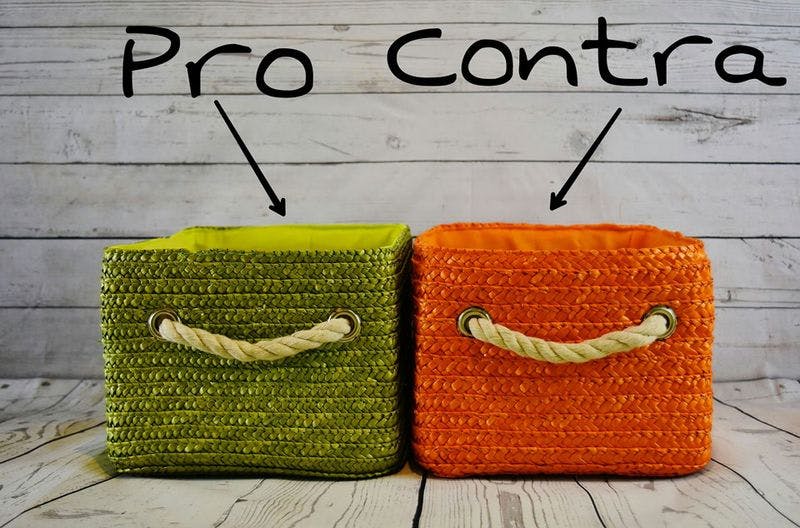20 things brand owners need to consider when starting a business

1. Identify your target market

It can be quite of a challenge to start a business that targets everything. So it is important to identify your target market and focus your efforts in building a business around it. When you identify your target market, keep in mind this question: Who do you want to sell your product and services to? Make sure your branding is aimed at your identified target market.
2. Understand the demographics and preferences of your target market

After identifying your target market, do your own research. Know your target market well. Keep in mind the following questions when doing your research:
- What needs or desires of your target market will your product or service satisfy?
- Does it align with the income level of your target market, their lifestyle, purchasing behaviour, and geographical regions in which you are located?
3. Identify your competitors

It is not enough that you know your target market well. You also need to identify who your competitors are in the niche that you’re starting. When doing your research into your competitors, take note of the following:
- Who are your competitors?
- How can you differentiate your offering from existing products or services providers?
4. Find your similarity with your competitors

When looking into your competitors, compare your products and services to their products and services. What are the similarities?
5. Find the points of difference between you and your competitors

In contrast, you must also find out how different you are from your competitors. When contrasting yourself with your competitors, you may use the following questions to guide you:
- How do you compare to your competitors?
- Are your products and services at a lower cost?
- Are your products and services of better quality?
- Do you have more location convenience?
6. Identify substitutes for your products and services

Of equal importance to your competitors are possible substitutes for your products or services. If an existing product offers the same benefit as yours, your target market may opt to use that product instead of yours. So it is imperative to identify a substitute product or service before it becomes a big threat in the end.
7. Identify the advantages of your products and services over the substitutes

If a substitute is available, you must look into your own product and services and identify the advantages that your product or service offers. At this stage of exploration, you have the chance to develop your product or service better so that you can still offer something better over the substitute.
8. Identify the circumstances where your target market will choose others over you

When a customer switches products, there is always a compelling reason for them to do so. You, as a business owner, must find out what those reasons are. You must find out the circumstances where your target market will use a substitute product or service. In contrast, you must also figure out the circumstances where your target market chooses your products and services over your competitors’ offering.
9. Put some work into your brand

Be creative and unique when selecting brand elements. A brand name must not be descriptive of products or services. Make them appealing to your target market and ensure to differentiate them from the brands of competitors. Some brand elements you may consider are:
- Brand Name
- Logo
- Symbol
- Character
- Slogan
- Jingles
- Packaging
10. Identify your brand hierarchy

It is important to consider whether the company name is also the business name and the brand name. It is recommended to set up a brand hierarchy for future expansion. For example, are you using the corporate name at the top of the hierarchy? And next to that, do you have products that are branded similarly thereby placing them in a family brand? What about individual brands, where will you place this in the hierarchy?
11. Perform a trade mark search

It can be costly for your business to use a brand name and later have a third party take infringement action against you. A trade mark search at a very early stage of your business can prevent this from happening. Your trade mark search should be guided by the following questions:
- Is the proposed brand still available?
- Does somebody else own the proposed brand?
12. File for trade mark protection

Now that you’ve found out that your brand is still available and is not owned by somebody else, what next? You file for trade mark protection, of course. As you are first setting up your business in Australia, it is natural to file for protection within Australia. But consider overseas filing too, specifically if you are thinking of expanding your market outside Australia. Own your brand and stop counterfeits!
13. Consider the possibility of exporting overseas

As the world is becoming more connected, it is easy to expand your target market overseas. A company website will not just reach Australia. Your website can be viewed in different parts of the world. While still early, it is important to consider the possibility of exporting your product overseas.
14. Plan your overseas brand

Don’t take shortcuts. Plan your overseas brand the same way you planned your brand in Australia. While it may be easy to use the same brand you used locally, consider the possibility that you may have to modify your local brand for overseas use.
15. Find out what your brand name means in a foreign language

A good brand name can build the image of your business. On the contrary, a bad brand name can break you. Your brand name in English may be perfect for Australia, but it may be possible for that brand name to mean something else in another language. If you plan to expand your market overseas, be careful with the brand names you will be using.
16. Consider translating or transliterating your brand name into a foreign language

There is always a competitive advantage to using a foreign language in your brand when entering a foreign market. This can be particularly useful for products exported in China. Just be careful with your translation or transliteration. If a transliteration in the foreign language has a negative connotation, then your brand will not help you at all. For best results, consult an expert in the foreign language of your choice.
17. File for a trade mark outside of Australia

Once you’ve got the brand for products you will be exporting overseas, you must protect that brand name in the country where you are exporting. Consult a trade mark attorney to help you in filing for brand protection.
18. Use effective marketing communication to build up brand equity

Let your brand be seen. This is the only way for people to get to know your business and its offerings. Some examples of media you may use are:
- Mass media advertising (TV, radio, newspapers, magazines)
- Utilise web sites and online communication (company websites, social media)
- Outdoor advertising (billboards, posters, cinema)
- Human communication (face to face personal communications in retail stores)
- Trade consumer promotions
- Sponsorship of events and public relations
- Marketing product placement in movies, TV, or entertainment software
19. Consider potential brand extensions with business expansion

As you expand your product offerings, consider extending your brand to represent the additional products that you’re offering. For example, the carbonated beverages of Coca Cola has already extended to Sprite and Fanta. In their category expansion, Minute Maid and Oldwalla are additional brands for the company representing additional products in a different category of beverages.
20. File for a trade mark for your extended brands

If you have a registered trade mark for your original product, the extended brand is not necessarily covered by that trade mark. It is always best to file for a trade mark for every new brand that represents your new products or service.
Your brand can make or break you. You, as a brand owner, have a duty to protect your brand. And the only way you can do this is by applying for a registered trade mark. Baxter IP’s experienced trade mark attorneys are always on standby to help you with protecting your brand. If you think that we can help, feel free to reach out to us.
